Chasing speed with a standard gearbox, designed for submerged use from factory.
My question is, what other modifications can be done to make the gearbox faster, with a surface driven propeller ?
Some of the modifications so far have been enlarging the exhaust relief holes just above the cavitation plate.
A set of 4 extra holes have been drilled up higher where the gearbox starts to angle down, which is more of a direct path for exhaust gases to exit.
A nose cone is fitted to allow a low water pick up for surface driven propellers, where the increased motor height would not allow sufficient water cooling to enter the standard, higher placed side intakes. However adding a nose cone for speeds under 80kph, apparently just adds drag due to increased gearcase volume.
There is many designs available, I have chosen the higher ramp version, which acts like a small planning surface helping lift the stern / motor / gearcase out of the water for less drag, and better surface propeller efficiency.
The higher water intakes on the sides are fitted with alloy plates and filled smooth, the chamber inside can be filled with silicon or left unfilled to allow a reservoir for the impeller water pump. A small drain hole if not drilled from factory will need to be added at the lowest point of this chamber to allow any water inside to drain out after use. The torque fin under the rear cavitation plate can be left on if no propeller interference occurs, can be cut off flush to allow the sacrificial annode/fin to still do its thing, or removed and filled , sanded smooth for less chance of propeller wash under the cavitation plate, resulting in drag or propeller cavitation / slip?
The rear trailing edge of the gearcase which normally leads to a sharper design, allows water to wrap around the gearcase feeding the top of submerged propellers aiding in less cavitation. On a surface driven propeller however, this area is completely out of the water. Allowing any water to hit to the propeller blades that are out of the water is nothing but drag, therefore squaring off this trailing edge will increase a cavity for air, with less water loading the top blades of the prop.
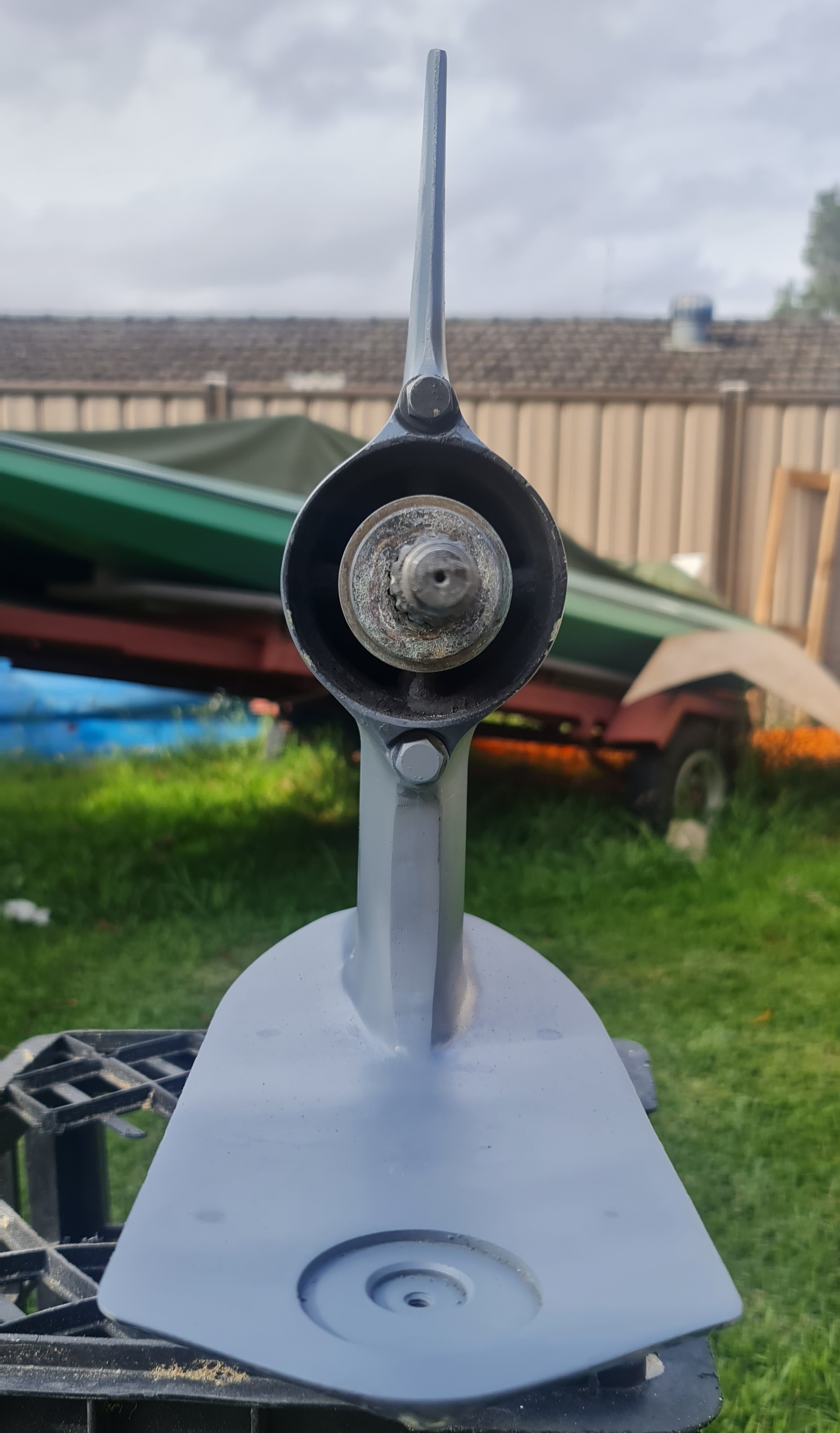


 Thanks:
Thanks:  Likes:
Likes: 
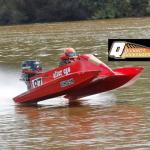

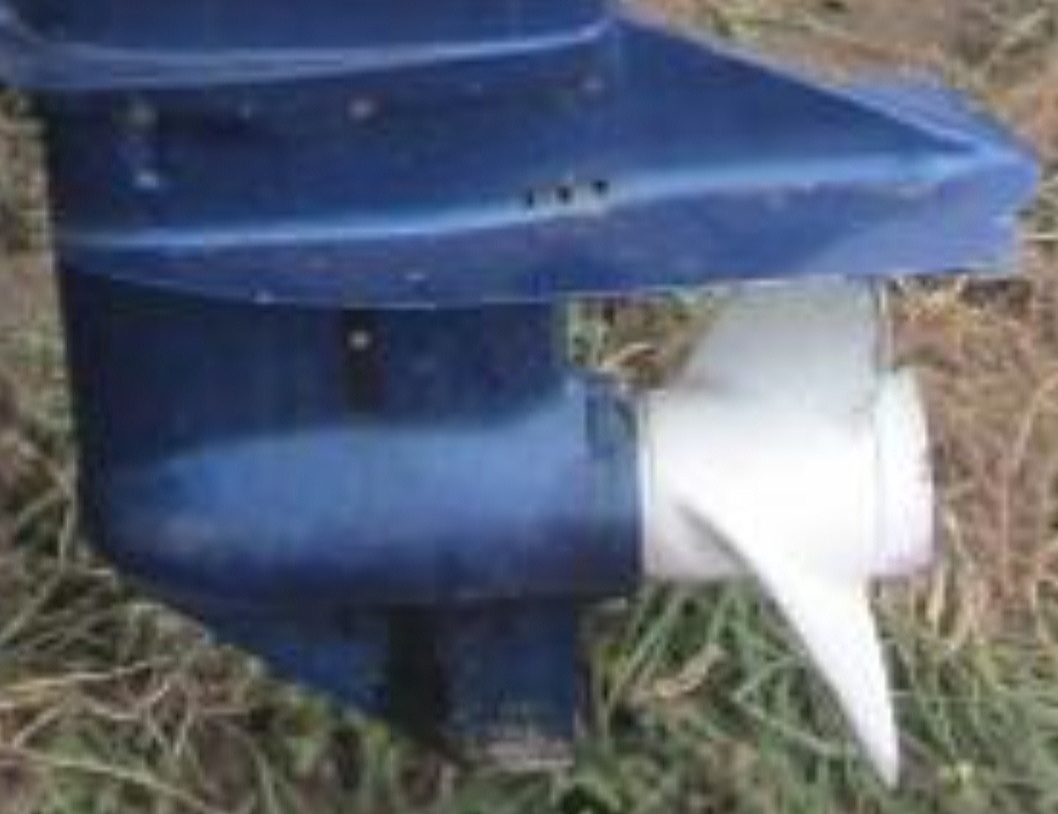
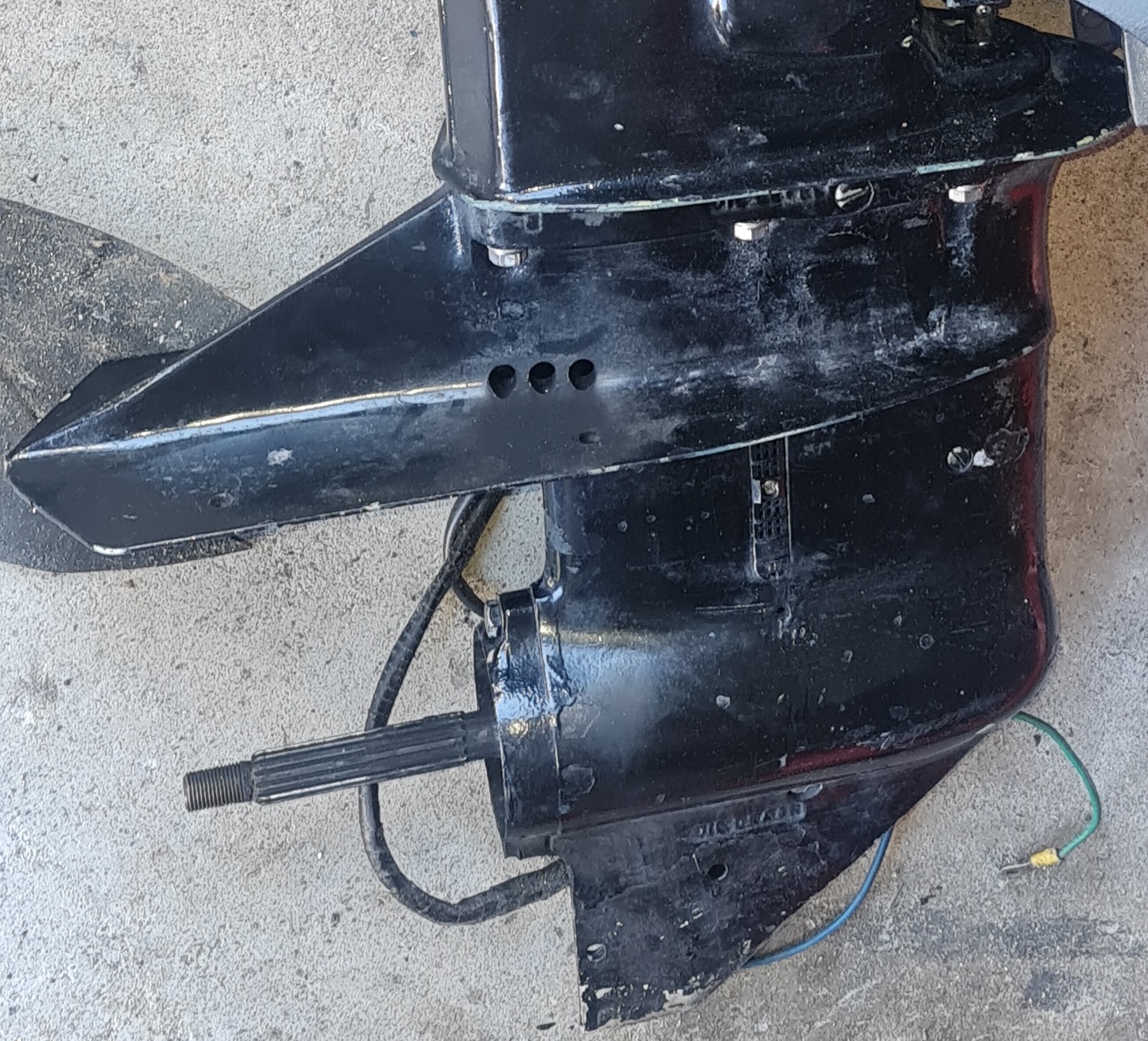
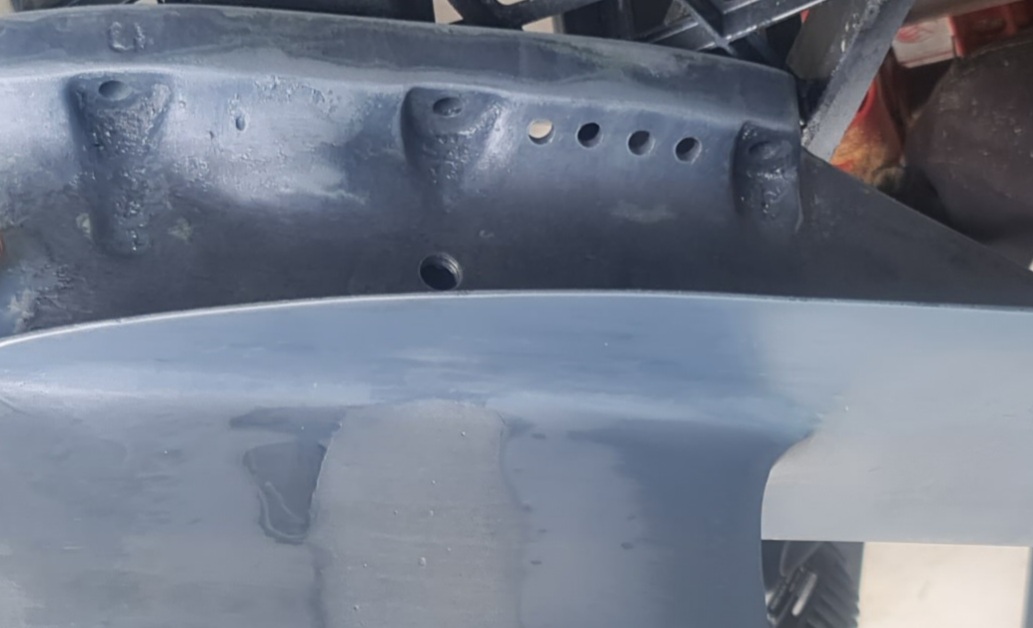

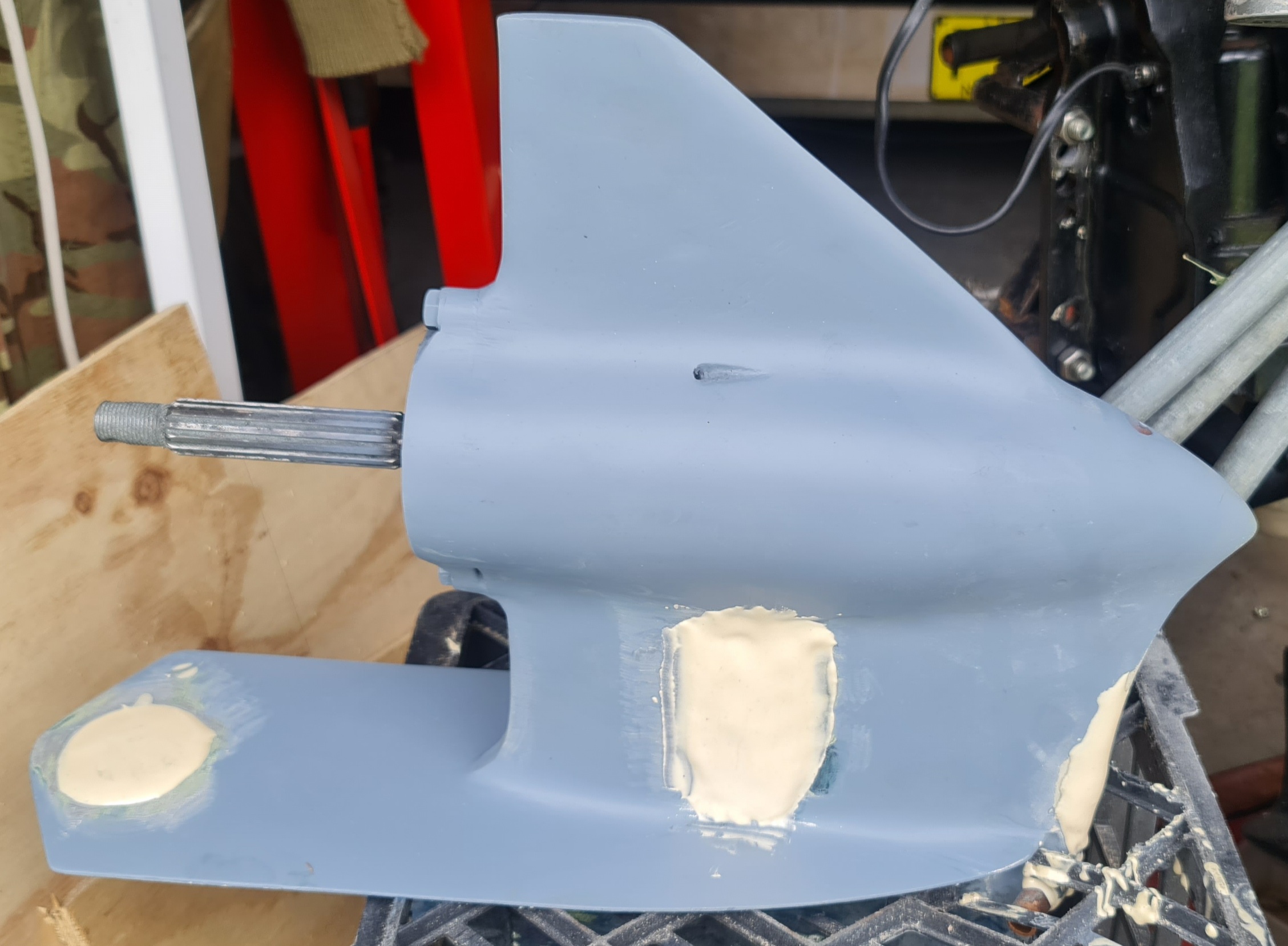
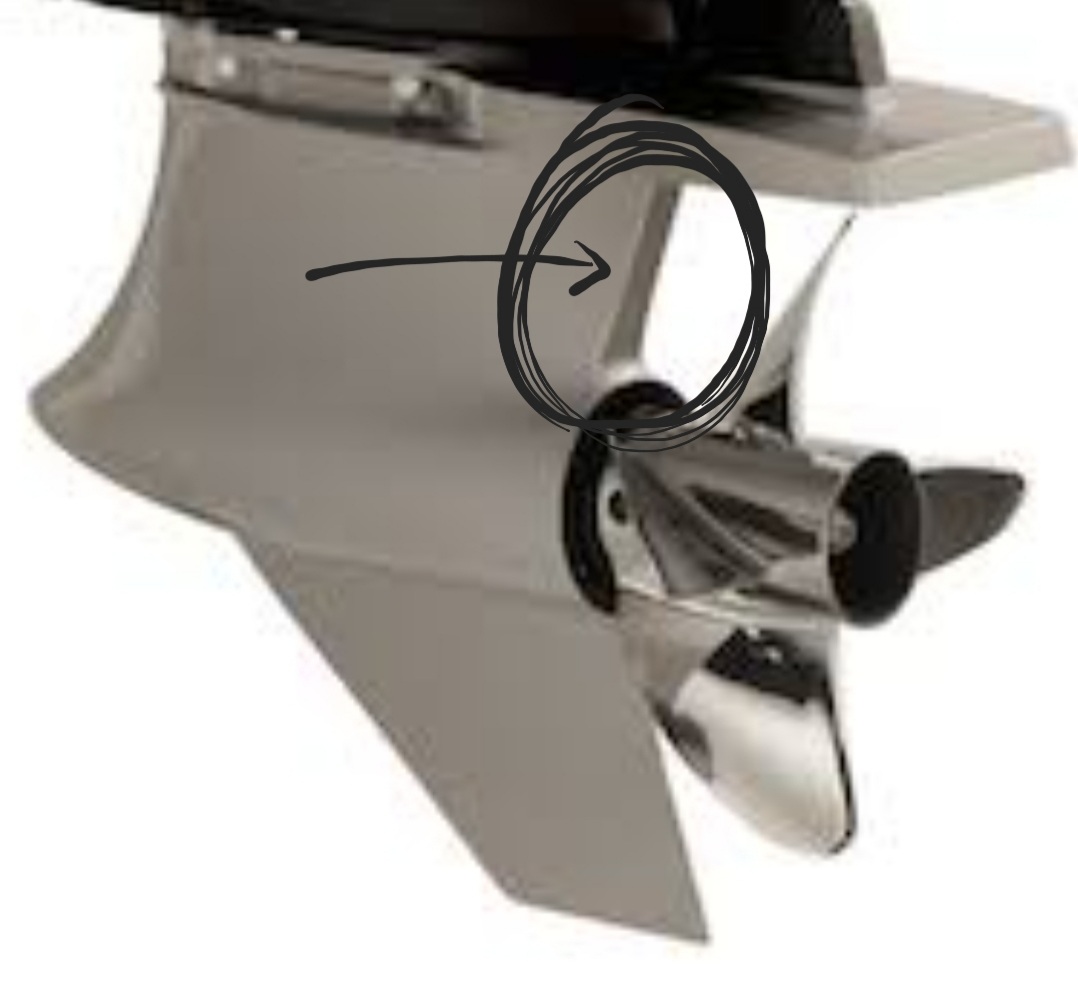
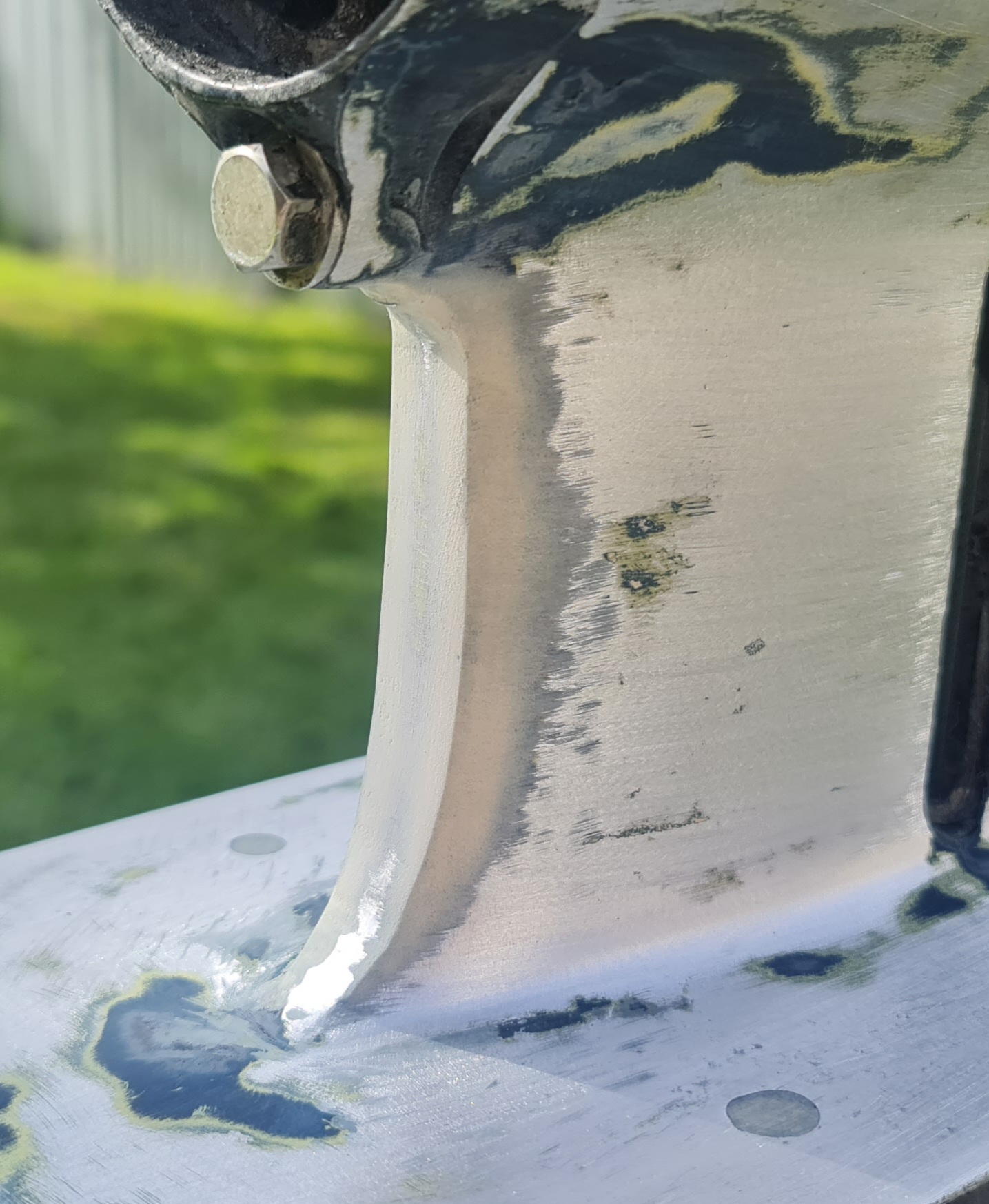
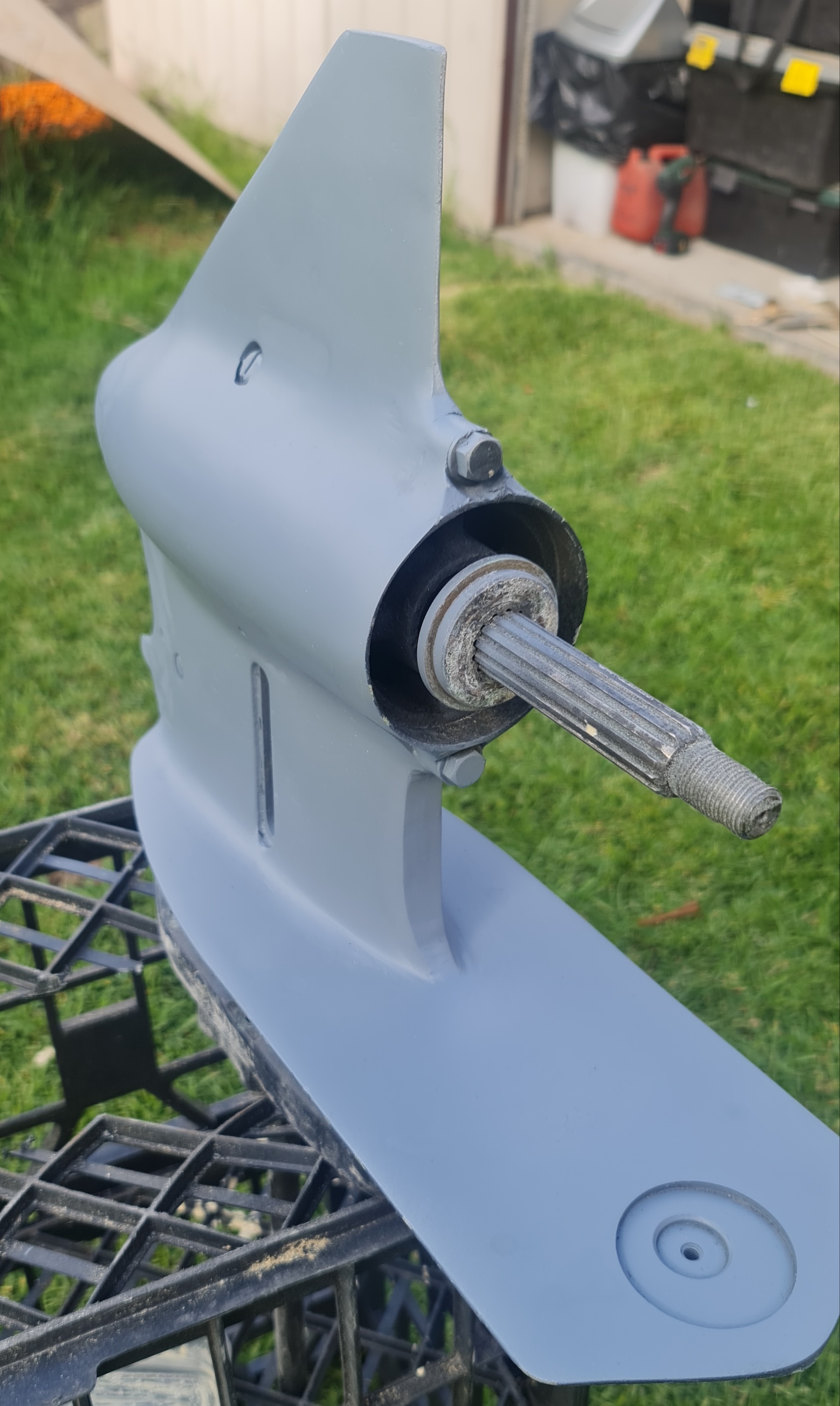

 Reply With Quote
Reply With Quote
Bookmarks